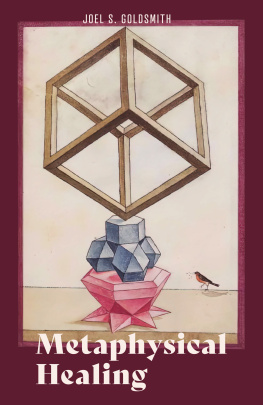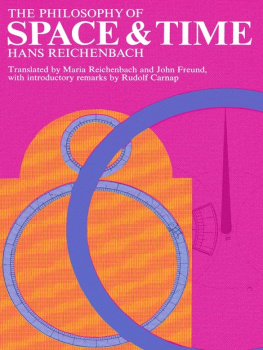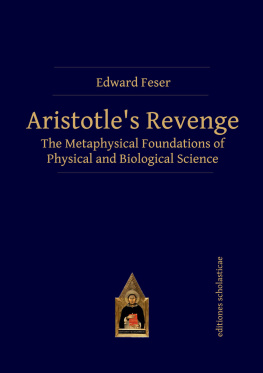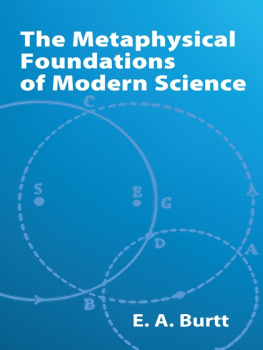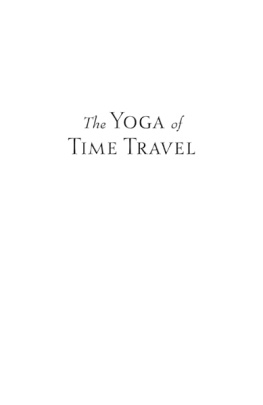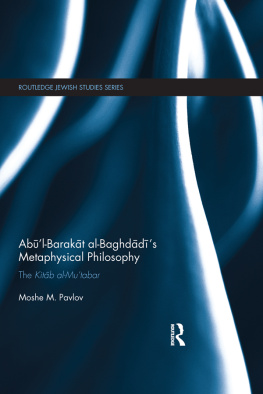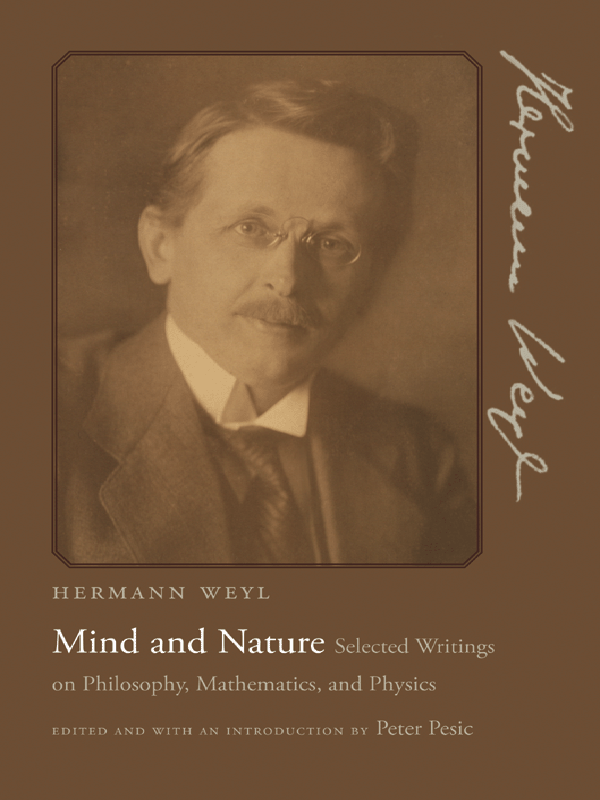Wely, Hermann 18851955.
Mind and nature: selected writings on philosophy, mathematics, and physics/Hermann Weyl; edited and with an introduction by Peter Pesic.
p. cm.
Includes bibliographical references and index.
ISBN 978-0-691-13545-8 (cloth: alk. paper) 1. MathematicsPhilosophy.
2. PhysicsPhilosophy. I. Pesic, Peter. II. Title.
QA8.4.W49 2009
510.1dc22 2008049964
Introduction

Its a crying shame that Weyl is leaving Zurich. He is a great master.
This vision has deeply affected contemporary physics, though Weyl always considered himself a mathematician, not a physicist. The present volume emphasizes his treatment of philosophy and physics, but another complete anthology could be made of Weyls general writings oriented more directly toward mathematics. Here, I have chosen those writings that most accessibly show how Weyl synthesized philosophy, physics, and mathematics.
Weyls philosophical reflections began in early youth. He recollects vividly the worn copy of a book about Immanuel Kants Critique of Pure Reason he found in the family attic and read avidly at age fifteen. Kants teaching on the ideality of space and time immediately took powerful hold of me; with a jolt I was awakened from my dogmatic slumber, and the mind of the boy found the world being questioned in radical fashion. At the same time, he was drinking deep of great mathematical works. As a country lad of eighteen, he fell under the spell of David Hilbert, whom he memorably described as a Pied Piper seducing so many rats to follow him into the deep river of mathematics; the following summer found Weyl poring over Hilberts Report on the Theory of Algebraic Numbers during the happiest months of my life. As these stories reveal, Weyl was a very serious man; Princeton students called him holy Hermann among themselves, mocking a kind of earnestness probably more common in Hilberts Gttingen. There, under brilliant teachers who also included Felix Klein and Hermann Minkowski, Weyl completed his mathematical apprenticeship. Forty years later, at the Princeton Bicentennial in 1946, Weyl gave a personal overview of this period and of the first discoveries that led him to find a place of distinction at Hilberts side. This address, never before published, may be a good place to begin if you want to encounter the man and hear directly what struck him most. Do not worry if you find the mathematical references unfamiliar; Weyls tone and angle of vision express his feelings about the mathematics (and mathematicians) he cared for in unique and evocative ways; he describes Koebe the rustic and Brouwer the mystic and the peculiar gesture of his hands Koebe used to define Riemann surfaces, for which Weyl sought a more dignified definition.
In this address, Weyl also vividly recollects how Einsteins theory of general relativity affected him after the physical and spiritual desolation he experienced during the Great War. In 1916 I had been discharged from the German army and returned to my job in Switzerland. My mathematical mind was as blank as any veterans and I did not know what to do. I began to study algebraic surfaces; but before I had gotten far, Einsteins memoir came into my hands and set me afire.
As the first edition of Space-Time-Matter went to press, Weyl reconsidered Einsteins ideas from his own mathematical perspective and came upon a new and intriguing possibility, which Einstein immediately called a first-class stroke of genius.
In Space-Time-Matter, Weyl used the implications of parallel transport of vectors to illuminate the inner structure of the theory Einstein had originally phrased in purely metric terms, meaning the measurement of distances between points, on the model of the Pythagorean theorem. By considering this new kind of relativity, Weyl stepped even beyond the general coordinate transformations Einstein allowed in his general theory so as to incorporate what Weyl called relativity of magnitude.
In what Weyl called an affinely connected space, a vector could be displaced parallel to itself, at least to an infinitely nearby point. As he realized after talking with Willy Scherrer, in such a space a vector transported around a closed curve might return to its starting point with changed direction and length (which he called non-integrability, as measured mathematically by the affine connection). Peculiar as this changed length might seem, Weyl was struck by the mathematical generality of this possibility, which he explored in what he called his purely infinitesimal geometry, which emphasized infinitesimal displacement as the foundation in terms of which any finite displacement needed to be understood. As he emphasized the centrality of the infinite in mathematics, Weyl also placed the infinitesimal before the finite.
Weyl also realized that his generalized theory gave him what seemed a natural way to incorporate electromagnetism into the structure of space-time, a goal that had eluded Einstein, whose theory treated electromagnetism along with matter as mass-energy sources that caused space-time curvature but remained separate from space-time itself. Here Weyl used the literal gauging of distances as the basis of a mathematical analogy; his reinterpretation of these equations led naturally to a gauge field he could then apply to electromagnetism, from which Maxwells equations now emerged as intrinsic to the structure of space-time. Though Einstein at first hailed this stroke of genius, soon he found what he considered a devastating objection: because of the non-integrability of Weyls gauge field, atoms would not produce the constant, universal spectral lines we actually observe: atoms of hydrogen on Earth give the same spectrum as hydrogen observed telescopically in distant stars. Weyls 1918 paper announcing his new theory appeared with an unusual postscript by Einstein, detailing his objection, along with Weyls reply that the actual behavior of atoms in turbulent fields, not to speak of measuring rods and clocks, was not yet fully understood. Weyl noted that his theory used light signals as a fundamental standard, rather than relying on supposedly rigid measuring rods and idealized clocks, whose atomic structure was in some complex state of accommodation to ambient fields.
In fact, the atomic scale was the arena in which quantum theory was then emerging. Here began the curious migration of Weyls idea from literally regauging length and time to describing some other realm beyond space-time. Theodor Kaluza (1922) and Oskar Klein (1926) proposed a generalization of general relativity using a fifth dimension to accommodate electromagnetism. In their theory, Weyls gauge factor turns into a


